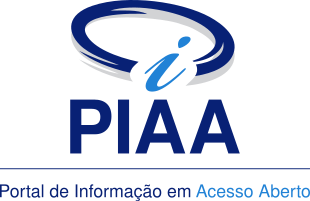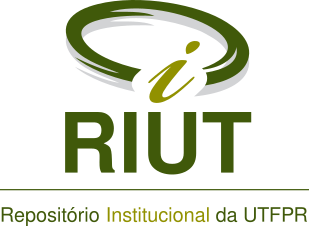Control of a Thermal Airflow Process - Part II: Adaptive Self-Tuning Control
Abstract
This article was motivated from a practical work on modeling and control of a time-delayed thermal airflow process using adaptive techniques. The work was divided into two parts: (I) the modeling of the process using system identification methods, with main concerns to the numerical robustness of the identification, and (II) the digital control of the process using adaptive self-tuning control, with main concerns to the adaptation of the controller to changes in the process dynamics. This article concerns the second part of the work. An adaptive self-tuning controller was implemented to improve the performance of the thermal airflow process. At each sampling interval, the process model is updated using an on-line identification strategy developed in the first part of the work. Based on the identification, the controller is self-tuned to compensate for eventual changes in the process parameters. Intentional disturbances were made in the process dynamics in order to evaluate the adaptation performance of the control system.
Keywords
adaptive control; pole placement; self-tuning control; system identification
Full Text:
PDFDOI: 10.3895/ijca.v5n1.5001
Refbacks
- There are currently no refbacks.
Copyright (c) 2017 CC-BY

This work is licensed under a Creative Commons Attribution 4.0 International License.
ISSN: 2594-3553





